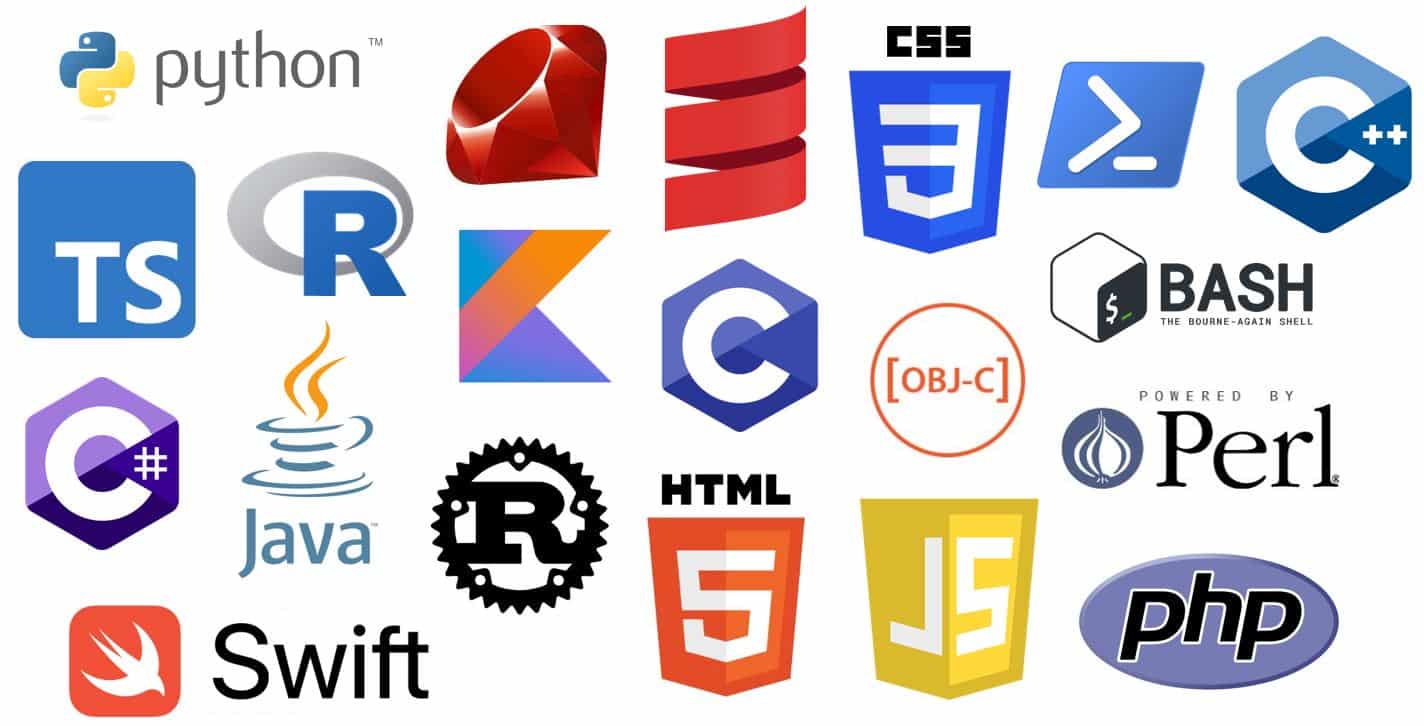A programming language is a formal language which comprises a set of instructions used to produce output and manipulate data. It is used by programmers to control the behavior and outlook of a computer, software, or application. Programming languages are mainly used to create programs that enable computers to perform specific tasks. There are many different types of programming languages, each being used for specific purposes.
Some of the most common types of programming languages include the following:
– imperative (or procedural) languages, which include languages like C, COBOL, FORTRAN, RPG, etc.
– object-oriented programming (OOP) languages, including C++, Java, Objective-C
– scripting languages, such as PHP, Python, Ruby, and JavaScript
– markup languages, which are languages which are used to structure information in a more or less presentable way, including HTML, XML, SVG, LaTeX etc.
– semantic markup languages, such as RDF and OWL
– declarative languages, which are languages that are used to describe the problem to be solved, including Prolog and SQL.
– functional programming languages, which are languages that are used for programming without the use of statements and instead use mathematical-like notation to express algorithms, such as Lisp and Haskell
– logic programming languages, which are languages that are used to express propositions and calculations, like Prolog and Datalog.
Each programming language has its own syntax, which is the set of rules which govern how the code is written. Syntax can determine features such as text formatting, the ways in which variables are assigned, and where comments are placed. The syntax of a language is key for the human to understand the code, and for the compiler or interpreter to make sense of the code in order to carry out the desired task.
When developing a program, a programmer must choose the programming language that best serves their needs. This includes taking into account factors such as the range of features available, performance requirements, coding complexity, cost, support, and open source/closed source licensing. Depending on the output required, the correct language can be the difference between a successful project and one which fails to meet its requirements.
Ultimately, programming languages serve the purpose of making instruction comprehensible for computers in order to perform the tasks required and produce the desired result.






